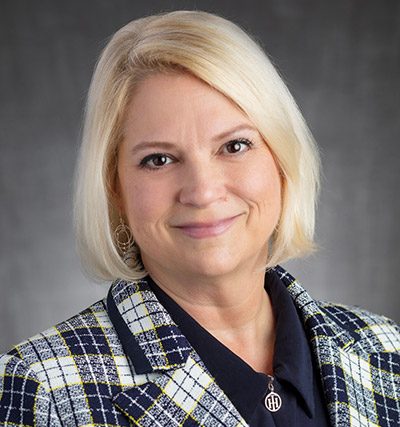There is no place like home during the total eclipse. Texas will be in the path of totality for the first time in 146 years on April 8.
For many in Texas this will be a once-in-a-lifetime event that they can view in their home state. The Texas Department of Transportation projects that as many as a million people will be traveling to Texas to view the eclipse.
The next total eclipse in the U.S. will be in 2044, and Tarrant County won’t be in the path of totality again until 2317.
All five TCC campuses will have viewing events and will provide glasses to students on a first-come, first-served basis.
“I’m super excited because who doesn’t love science when it has to do with something like that?” said NE student Maddie Briggs. “That’s so fascinating.”
A total solar eclipse occurs when the moon completely blocks the sun. When the moon only blocks part of the sun, it is called a partial eclipse. A total eclipse is rarer than a partial eclipse, which Texans were able to see in October.
The state is in one of the best places to view the eclipse. The Dallas-Fort Worth area will see about 3 minutes and 51 seconds of darkness, and areas in the direct path of totality will see more than 4 minutes.
“When the sunlight shines through the leaves, the little holes act like a pinhole projector, and you see little crescents of the sun all over the ground,” said NE associate professor of physics and astronomy Raymond Benge. “And then the other thing you start noticing is because you’re covering the sun, which provides us with heat, it starts getting cooler.”
The estimated start time at NE is just after noon at 12:23 p.m. The start time and duration depend on location. Around 1:15 p.m. the shadows will start to look different.
“Southeast Campus will be a little bit closer to the center of the eclipse path, and they’ll get a little bit more totality than we do. Dallas gets even more. If you go down to Ennis you get even more,” said Benge.
There will be multiple phases until totality is reached, and then at the end the phases go in reverse to bring back the sun in full.
“You’ll see just a teeny, tiny little divot taken out of the edge of the sun. That’s the beginning of the partial phase,” Benge said. “The moon starts to cover part of the sun. Then, as more and more gets covered, the first thing people notice is it’s a little bit dimmer. So, sun’s out, but it’s not quite as bright as normal.”
Benge said wildlife may start behaving differently because of the eclipse.
“Birds will think it’s about sunset and so the day birds are going to start going off somewhere, and the birds that hunt at night like owls and so forth will start coming out,” he said. “We’ve got chickens, and last time we had an eclipse my wife said all the chickens went back to the back to the coop.”
Even humans will feel something strange happening because their brains know it’s daytime, but it will look like dusk outside.
“I’ve had some people say it almost feels like a religious experience,” Benge said.
Just before totality, the light again starts looking different, and the shadows also begin to look different.
“The shadow bands are a famous sort of thing that is happening just moments before totality or moments after totality,” Benge said. “Almost nobody notices them unless they actually know to look for them because most people are looking at the sun, and they’re not looking down here at things that are happening.”
Many tourists plan on descending on Texas in the coming days, which can present some unique challenges to smaller communities that need the infrastructure and resources for an event of this magnitude.
School districts across Texas are canceling classes for the day. HEB ISD, Grapevine Colleyville ISD and Fort Worth ISD will be providing glasses, along with in-class lessons on safety and the eclipse process.
Some counties, such as Travis, Burnet and Kaufman, have issued disaster declarations ahead of the eclipse so that resources will be available. Other counties are primally concerned about how this will impact traffic.
Multiple state emergency management agencies are working together to plan for traffic problems and other potential issues during and after the eclipse.
“Based on research looking at other places — Oregon, Wyoming, other states that have had this event in the past — the big thing we’ve noticed is traffic issues,” said Tarrant County Emergency Management Coordinator David McCurdy. “A lot more folks are coming into the area and then just compounding the usual traffic problems.”
There are a wide range of feelings about the eclipse, from excitement and worry about the day’s logistics to traffic concerns. Most are starting to think about what they will do
“I haven’t made plans yet,” said SE student Edward Granados. “But now it has me thinking that I should make solid plans, so it doesn’t catch me by surprise this time.”







